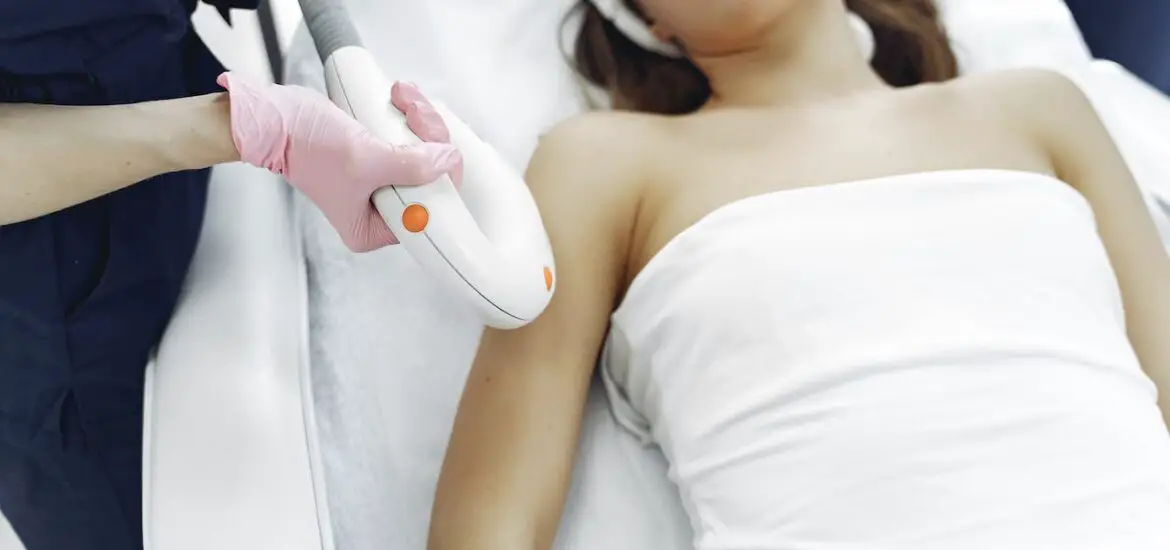This article provides a detailed understanding of the reasons behind skin peeling after laser treatment and information on how to manage and care for your skin effectively.

Table of Contents
Understanding Laser Treatment and Skin Peeling
Laser skin treatments, such as CO2 and erbium laser resurfacing, are advanced cosmetic procedures targeting various skin issues like scars, wrinkles, and discoloration. These treatments work by removing the outer layers of the skin, stimulating collagen production, and promoting the regeneration of new, healthier skin layers.
As a part of the healing process, the treated skin will typically peel, which is the body’s way of shedding damaged skin to make way for new skin. The intensity and depth of peeling depend on the type of laser used and the individual’s skin type.
For more information, visit American Society of Plastic Surgeons on Laser Skin Resurfacing Recovery.
What to Expect: Does Your Skin Peel After Laser Treatment?
After undergoing laser skin resurfacing, it’s common to experience various symptoms as part of the healing process. Initially, you might observe redness, swelling, and a sensation similar to a mild sunburn.
Peeling typically begins about five to seven days after the procedure. This peeling is a crucial part of the healing process, as it allows the removal of damaged outer skin layers. The extent of peeling can vary, ranging from light flaking to more pronounced skin shedding, especially in treatments that penetrate deeper into the skin layers.
Detailed post-treatment expectations can be found at Cleveland Clinic on Laser Skin Resurfacing.
Post-Treatment Care: Managing Skin Peeling After Laser Treatment
Effective post-treatment care is essential for a smooth recovery and to minimize potential complications. Key aspects include:
Gentle Cleaning: Clean the treated area with a saline or vinegar solution to prevent infection and promote healing. This should be done gently to avoid disrupting the peeling skin.
Moisturization: Apply recommended moisturizers to alleviate dryness and assist in the healing process. Moisturizers help to soothe the skin and may reduce the itchiness associated with peeling.
Avoid Irritation: Stay away from skin care products containing harsh chemicals, fragrances, or exfoliants that could irritate the sensitive post-treatment skin.
Resist Peeling: Do not pick or peel off the skin as it flakes. This can lead to scarring and hinder the healing process.
For additional care instructions, visit Westlake Dermatology on Post-Laser Skin Care.
Check out these other articles…
Before and After Skin Laser Treatment: Comprehensive Guide
Burnt Skin After Laser Treatment: Effective Recovery Steps
How Long Does Skin Laser Treatment Last? Detailed Answer
Dry Skin After Laser Treatment: Essential Care Tips
White Patches on Skin After Laser Treatment: Causes & Care
How Much Does Skin Laser Treatment Cost? Comprehensive Guide
When to Seek Medical Advice
While peeling is a normal part of the healing process, certain symptoms may warrant medical attention. These include:
Excessive redness or swelling that does not subside.
Signs of infection, such as pus, severe pain, or increased warmth in the treated area.
Severe itching or allergic reactions.
Delayed healing or worsening of the skin condition.
Consult a healthcare professional if you experience any of these symptoms to ensure proper care and prevent complications.

